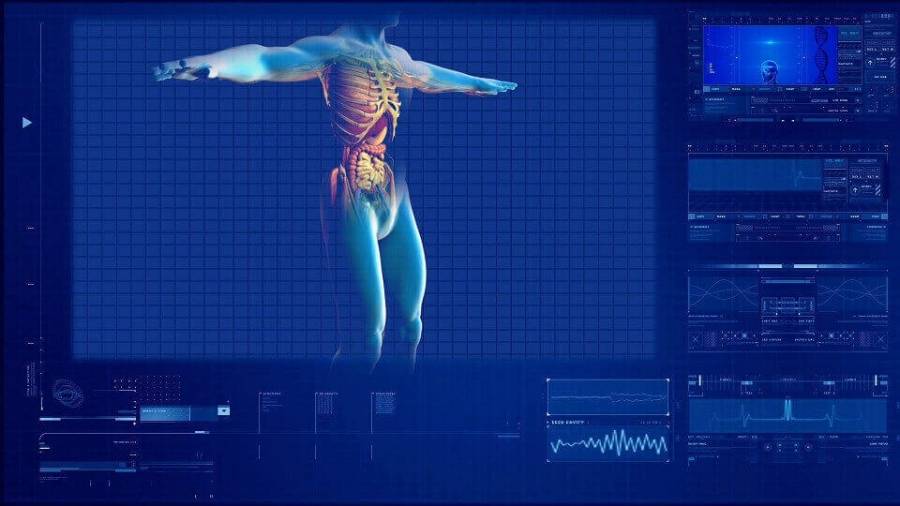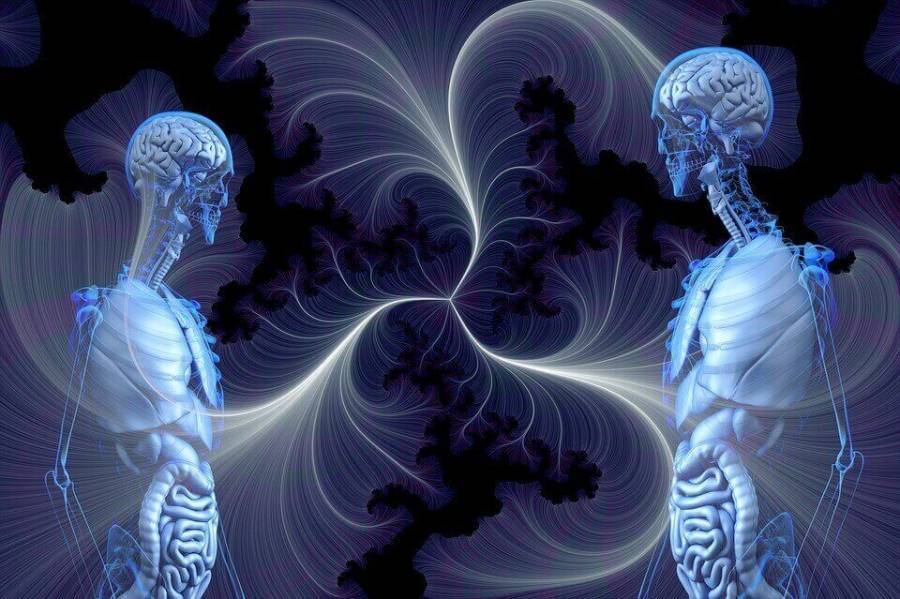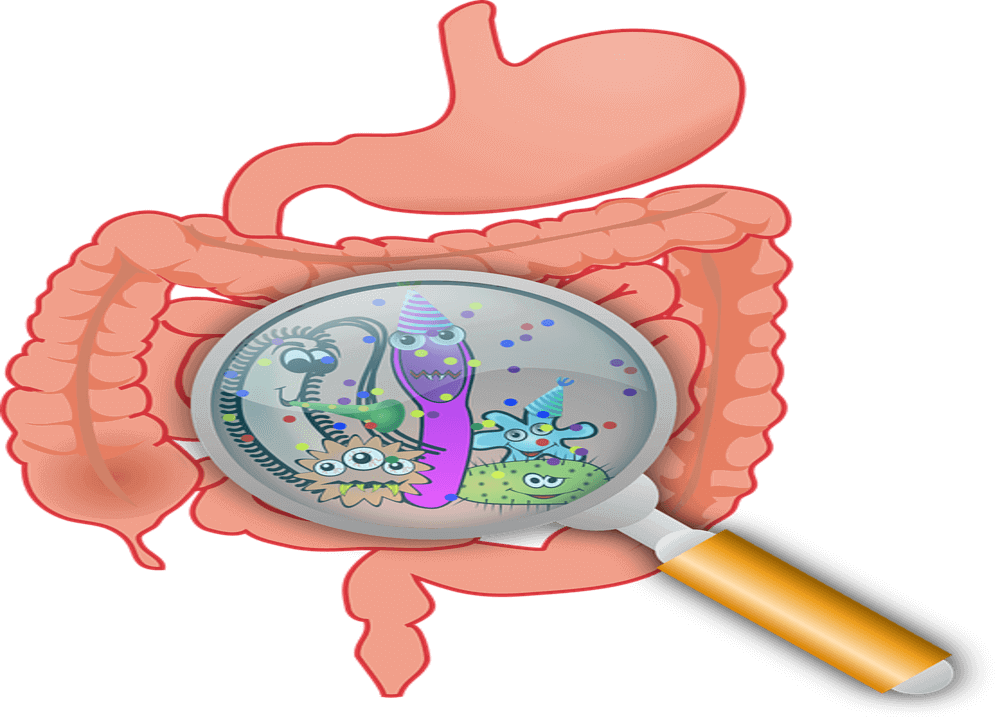Whenever we think of the Nervous System of an individual, the brain and spinal cord comes into the mind. Although these body parts/organs which come together to form the central nervous system are of paramount importance, they are not the only constituent part of the nervous system. An equally important role is also played by the peripheral nervous system.
The peripheral nervous system in most simple terms can be said to be consisting of nerves (& allied structures like a ganglion) which serve as communicating channels between the brain and spinal cord on one side; to limbs and organs on the other. The autonomic nervous system is a specialized division of this peripheral nervous system, that supplies glands and smooth muscles, thus regulating the function of internal organs.
The enteric nervous system is a specialized part of the autonomic nervous system, that is concerned with regulating the functions of the digestive tract. Unfortunately, in spite of the tremendously important role that it plays, its importance is hardly ever recognized. So, here we would go through some of the salient features of the enteric nervous system, which makes it so important for our very survival.
To understand the function of the enteric nervous system first its organization has to be understood. The enteric nervous system is composed of 2 different nerve cells – Myenteric or Auerbach’s plexus and Submucosal or Meissner’s plexus. Both of these networks of neurons are present in the wall of the gastrointestinal tract.

The Auerbach’s plexus is present between outer longitudinal and inner circular smooth muscle layers of the gastrointestinal tract. This network of neurons helps in generating local muscular contraction, which helps in the mixing of gastrointestinal contents. It also regulates the waves of peristalsis that moves food particles from oral to the anal direction and promotes the secretion of intestinal juices.
The Meissner or Submucosal network of nerve cells have a more inner location and is present in the submucosal layer of the gastrointestinal tract. This network of neurons helps in regulating the water & electrolyte transport across the gastrointestinal layer, the composition of the luminal surface and also helps in regulating glandular secretions & local blood flow.
In the mentioned nerve plexuses, the enteric nervous system has 3 different types of neurons (nerve cells). These are – Sensory Neurons (which receives different kinds of sensory stimuli from the muscles and mucosa), Motor Neurons (which controls mobility & secretion in the gastrointestinal tract) and Interneurons (which relays information/messages from sensory neurons and passes it to the motor neurons).
The enteric nervous system is also commonly known as the second brain of the human body, as it has the ability to act independently of the brain and spinal cord, an important feature, which has also made many experts declare that the gut is second brain. However, here it should be made clear that the second brain does not have consciousness or decision-making abilities.

The reason for saying that the gut is second brain or the reason of the enteric nervous system being called a second brain is that there are approximate, 500 million nerve cells present deeply situated in the layers of long muscular tubular gut, present from esophagus to the anal opening (Cats and dogs each have the same number of nerve cells as the human gut). This enables the second brain formed by the enteric nervous system to independently control gut behavior. In fact, the gastrointestinal tract is the only internal organ in the body to have this particular characteristic.
However, the enteric nervous system also communicates back and forth with our main brain. Or in a layman’s terms, it can safely be said that our two brains speak to each other, for improved bodily function. This bidirectional communication between the enteric nervous system and brain (or central nervous system) is also sometimes known as a gut-brain axis (GBA).
Besides the above mentioned 2 important components, GBA also includes neuroendocrine systems and hypothalamic pituitary - adrenal axis as well as the gut microbiota. This pathway is an important link between the emotional & thinking/reasoning centers in the brain and peripheral intestinal functions.
It is highly obvious that the presence of a highly large number of nerve cells in the enteric nervous system (in which more than 30 neurotransmitters actively participate) would also affect the health status of an individual. So, in the treatment of conditions like depression, where medications of the group – selective serotonin uptake inhibitors (SSRIs) are used can also affect the neurotransmitter’s role in the gut. This manifests as a gastrointestinal side effect of this group of medications.
Serotonin (which is a neurotransmitter) made by enteric nervous system and secreted from the gut has also been found to be responsible for some other common diseases conditions like – Irritable Bowel Syndrome (a condition characterized by recurrent abdominal pain and diarrhea; associated with stress, anxiety & depression) and in Autism (a developmental disorder, characterised by impaired communication and social interactions, first noticed in early childhood). Elevation of gut produced serotonin and gastrointestinal motor abnormalities are quite commonly seen in autistic patients. Even some other diseases like – Parkinsonism have been linked with degeneration of neurons of the intestine.

Enteric Nervous System also plays an important role in bowel disorders like – Irritable Bowel Syndrome (IBS) and other functional bowel problems, like – stomach upset, pain, diarrhea, bloating and constipation. Irritation in the gastrointestinal system and bowel problems can cause depression & anxiety, due to the signal being sent to the central nervous system, causing mood changes.
As we have already discussed that due to the gut-brain axis (GBA), the gut can influence the brain too as many signals relay to the brain from the gut. As the gut is relatively easier and safer to manipulate as compared to the brain, scientists are trying to devise new methods to treat some chronic psychological & neurological problems.
Also, the human gastrointestinal tract has an innumerable number of microorganisms, which can be either good or bad for the body, or they may be indifferent. These bacteria extend all the way from mouth to anal canal. These microorganisms also communicate with the nervous system through different chemical mediators. An imbalance of these gut microorganisms can affect brain function and physiology, sometimes leading to anxiety & depression.

Altering gut bacteria is a rather new method of treating many diseases of the gastrointestinal system and brain. This can be done by dietary alterations or dietary supplements with good beneficial bacteria. Prescribing probiotics is one such method, which suppresses the bad bacteria and increases the good bacteria. All these new therapeutic modalities have become possible by better understanding the function of the enteric nervous system & the way it interacts with the central nervous system.